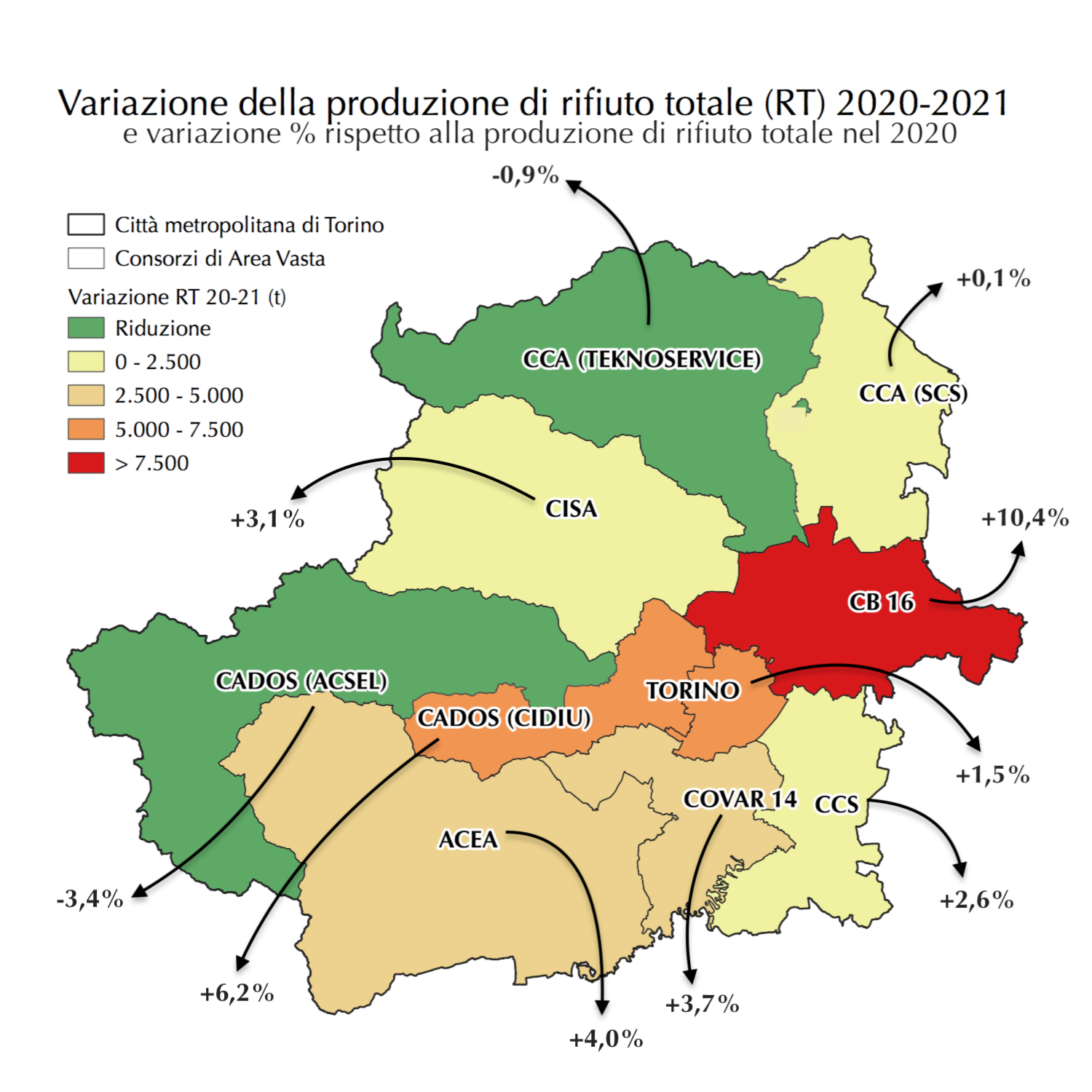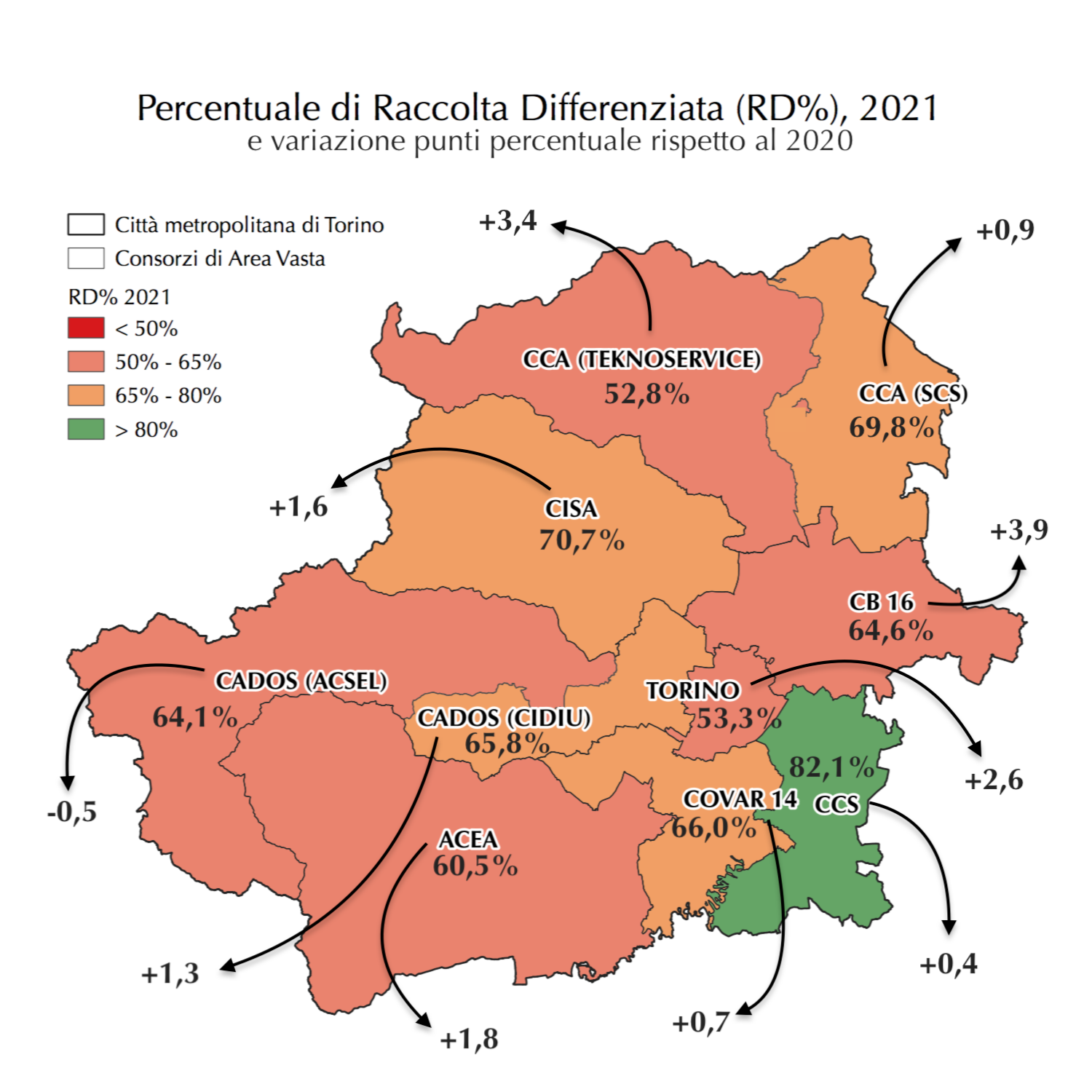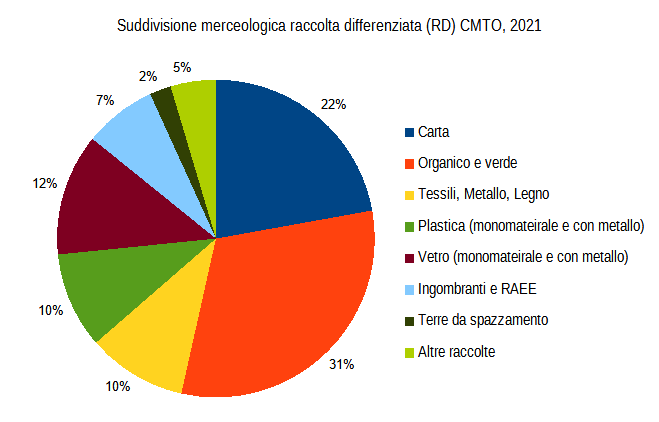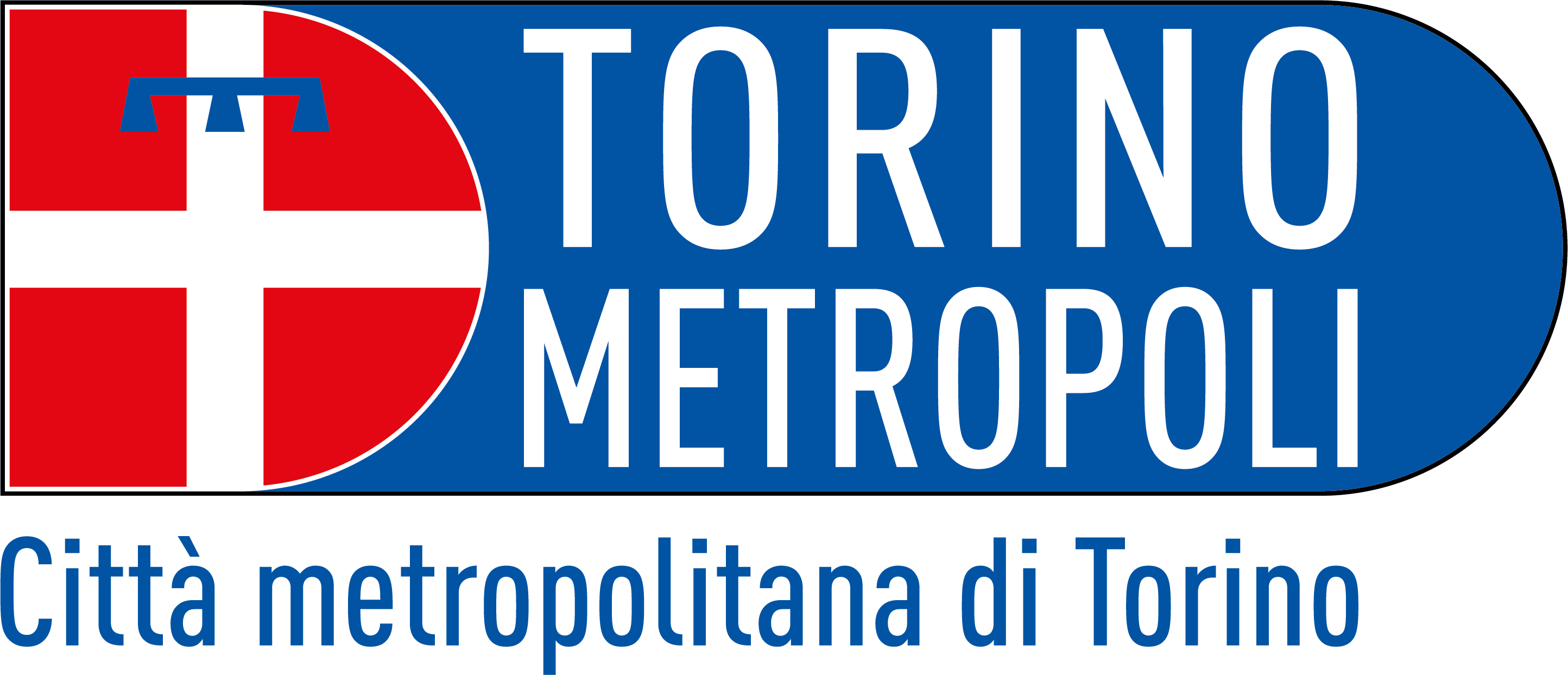On Tuesday 6 December 2022 was published the Annual Report on the State of the Waste Management System 2022, by the Waste Observatory of the Città Metropolitana di Torino. The document, drawn up with the support of civil service volunteers, aims to provide a useful information tool for Consorzi di Area Vasta (CAV), ATO-R, but also to update citizens on the production and integrated management of urban waste produced by the metropolitan territory.
The data processed in 2022 relate to the 2021 survey year, which saw the continuation of the SARS-CoV-2 pandemic, albeit with less intense effects. The effects of the pandemic were compounded by social and consumption phenomena, such as the increased use of delivery and take-away, and an increased adoption of agile working, which consequently changed waste generation. These phenomena must be taken into account when reading the data.

Among the most important elements to emerge from the report are the following:
- the amount of total household waste produced (amounting to 1,082,710 tonnes) grows by more than 30,000 tonnes (+3%) in 2021 compared to the amount recorded in 2020; however, production in 2021 is lower than the pre-pandemic production value of 2019 by more than 8,000 tonnes.
- undifferentiated household waste is reduced by 2.1%, from 427,314 tonnes in 2020 to 418,524 tonnes in 2021. - undifferentiated household waste is reduced by 2.1%, from 427,314 tonnes in 2020 to 418,524 tonnes in 2021.
- the percentage of separate waste collection increases to just over 61% in 2021. However, the 65% target set by national legislation for 2012 was only achieved in a patchy manner. In particular, the target has not yet been reached by the Città di Torino.

At the level of individual municipalities, including the already mentioned Città di Torino, there are 159 (about half of the entire metropolitan area) that have not yet reached 65% RD; of these, 48 are even below the 50% DR threshold.
The graph below shows the current composition of separate collection (calculated % fraction weight/total rd weight); organic/green and paper together make up more than half of the separate collection, followed by glass, plastic and the other smaller fractions. The poor interception of WEEE (especially small WEEE) is underlined, which stands at only 4 kg/inhabitant/year. It is worth noting, however, that the quantity recorded does not take into account waste delivered directly to retailers.

The quantity of separate waste collection is obviously not the only indicator of proper planning of the integrated waste cycle, but it is also necessary to assess the quality and consequently the recycling of what is collected separately. No less important is waste prevention: the growth in total waste in 2021 compared to 2020 - the most severe year of the pandemic - signals that a broad prevention strategy can no longer be postponed.
Recent news is the presentation of the proposal for a new european regulation on packaging and packaging waste, part of the so-called circular economy package.
Among the important innovations are precisely measures aimed at waste prevention and in particular the setting of targets for reusing and refilling packaging.
From 2030 there will be a significant increase in the % of reusable packaging (household appliances, take-away drinks, transport boxes) and from 2028 there will be a deposit and return system for single-use plastic bottles up to 3 litres and for single-use metal beverage containers up to 3 litres.
Agata Fortunato
To download the full texts:
Annual Report on the State of the Waste Management System 2022 of the Metropolitan City of Turin
